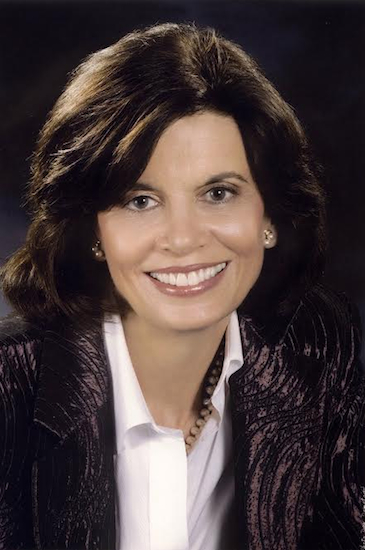Amon graces Brooklyn courthouse with Southern charm and intellectual rigor

A resident of Brooklyn’s federal court system for close to three decades, Chief Judge Carol Amon has set deep legal roots in Brooklyn Heights. With a soft Virginian accent, Amon can command jurisprudence as well the history of the Eastern District court, which is set to celebrate its 150th anniversary in March 2015.
Amon was introduced to Brooklyn Heights very early after her family’s move to New York.
“When my husband and I first moved to New York, I was working in the Southern District [in Manhattan],” the judge told the Eagle. A fated interview not only changed Amon’s borough of residence, but also set the stage for long-term commitment to Brooklyn’s federal court and love for Brooklyn Heights.

Brooklyn Boro
View MoreNew York City’s most populous borough, Brooklyn, is home to nearly 2.6 million residents. If Brooklyn were an independent city it would be the fourth largest city in the United States. While Brooklyn has become the epitome of ‘cool and hip’ in recent years, for those that were born here, raised families here and improved communities over the years, Brooklyn has never been ‘uncool’.